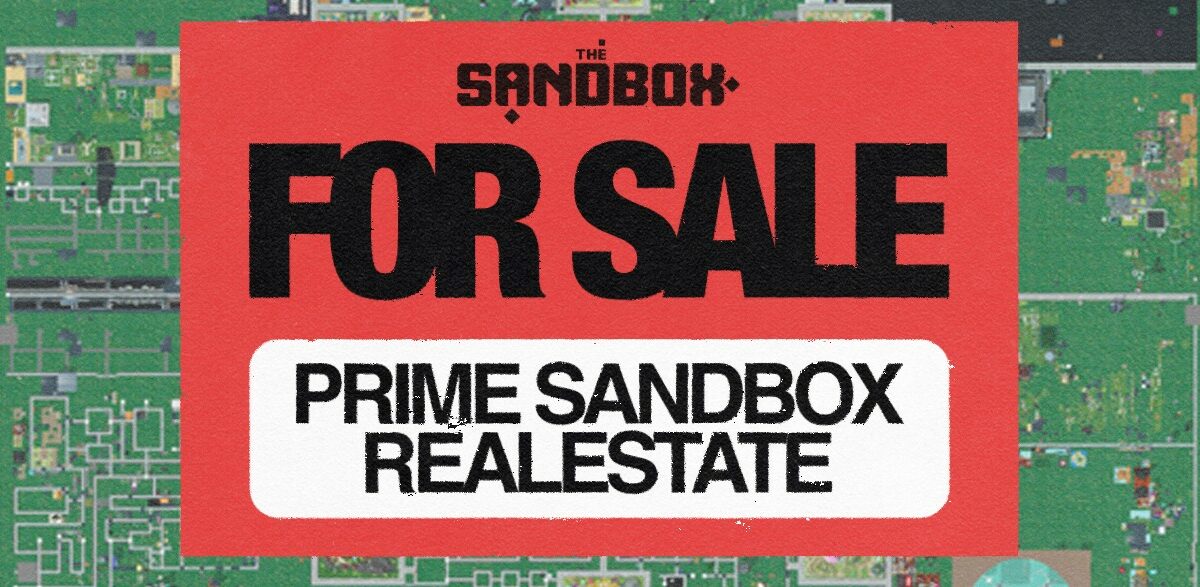👉🏼 A new gaming model is emerging which means players get paid in crypto or in sellable NFTs
👉🏼 Gaming giants like Ubisoft are getting in on the act, but some communities aren’t happy about it
👉🏼 Play-to-earn games might become a way for future generations to make money or avoid debt
Spending countless hours playing video games never used to be something that advanced your position in life. In my case, an excess of time with my console or phone would typically result in late nights, poor sleep and a drop in productivity elsewhere. Getting paid meant competing in the major esports leagues, or (more realistically) running a gaming channel with our client Twitch. But with the arrival of Web3, this is changing. A new raft of titles is enabling people to collect cryptocurrencies for advancing in games or enabling them to mint NFTs which players can sell on for a profit.
Infinite possibilities ♾
This rapidly expanding sub-sector of gaming has been branded ‘play-to-earn’ by early proponents. The most cited example of this is Axie Infinity, a Pokémon-inspired game where bubble-shaped monsters (called Axies) face off against each other in combat. Players can buy or breed them. Fighting and winning earn you currency, in this case, it’s called Smooth Love Potion (SLP). Meanwhile, Axie Infinity Shard (AXS) is a form of governance token, those who earn it in the game can spend it on voting how the Axie Infinity world will be built in the future. Those who discount Axie Infinity as a few kids blowing their pocket money are missing a trick. Right now, this game has some 2.8m daily users, with a trading volume of $3.8bn. The amount of money sloshing around the game should have brands frothing.

Legacy games
And it does. The success of play-to-earn games such as Axie has encouraged legacy companies to launch their own forays into the model. For instance, gaming giant Ubisoft – owner of Assassin’s Creed, Far Cry and Watch Dog franchises – became the first major company to launch in-game NFTs at the end of last year. Players of Tom Clancy’s Ghost Recon Breakpoint can now buy unique items – like armour, helmets and weapons – through the company’s NFT platform, called Ubisoft Quartz.
Rolling out an NFT application to an established franchise feels like a simple move in getting more money flowing into your game. But there is a cultural backlash underway from those who feel burned from the pay-to-win models that have emerged in recent years. These maligned titles put people who fork out for extra in-game weapons or resources at an unfair advantage. For instance, in war simulator Clash of Clans, you can build fortresses faster if you pay.

Crypto growth
Will play-to-earn games become so popular that conventional games will lose their lustre and – ultimately – vanish? Some analysts think so. Increasingly, those who play within platforms expect to be renumerated for their participation. If you had the choice between playing two identical games, but one resulted in a financial windfall, the answer of which one you’d spend your time with is a no-brainer. Further along, play-to-earn games could become a means of generating a nest egg for future generations. Imagine if your Xbox-obsessed teenage self could have been earning for all those hours you spent playing Halo. It’s possible that this Web3-enabled model will generate funds for university, home deposits or just reduce debt.


